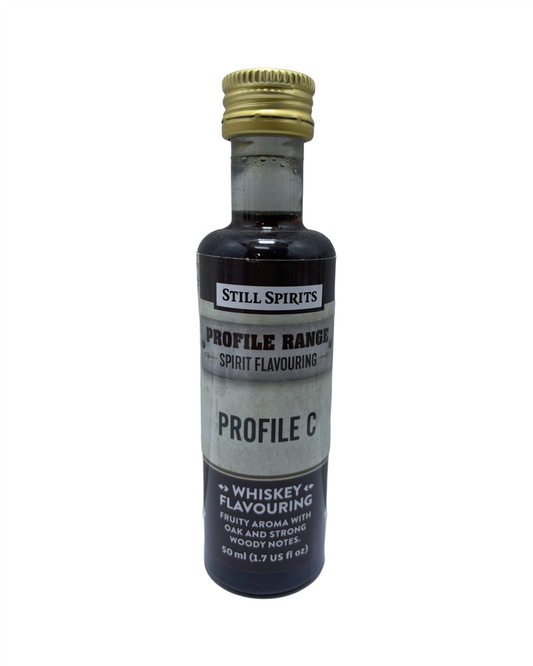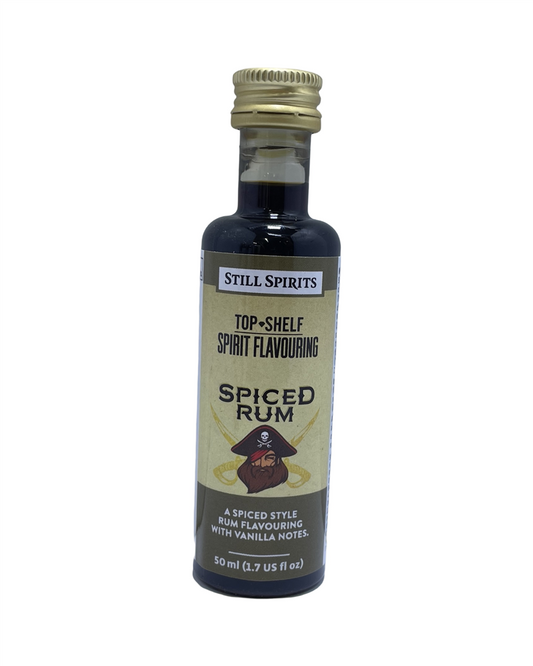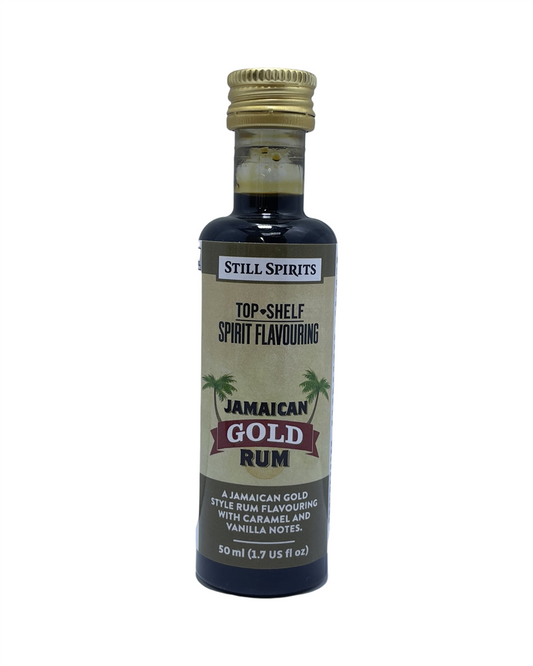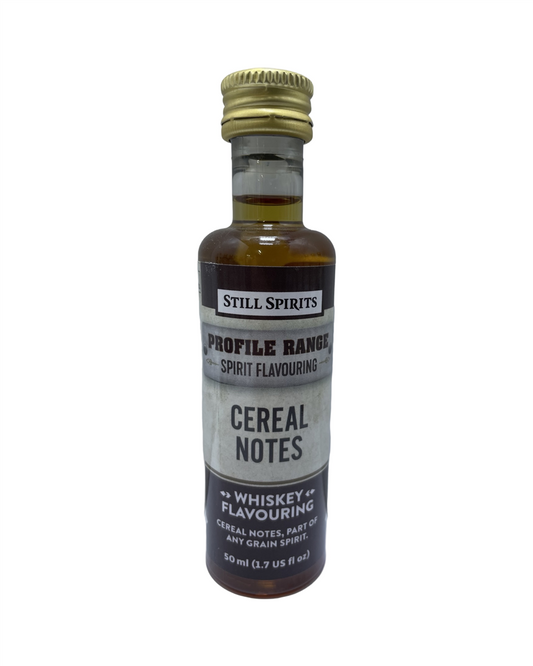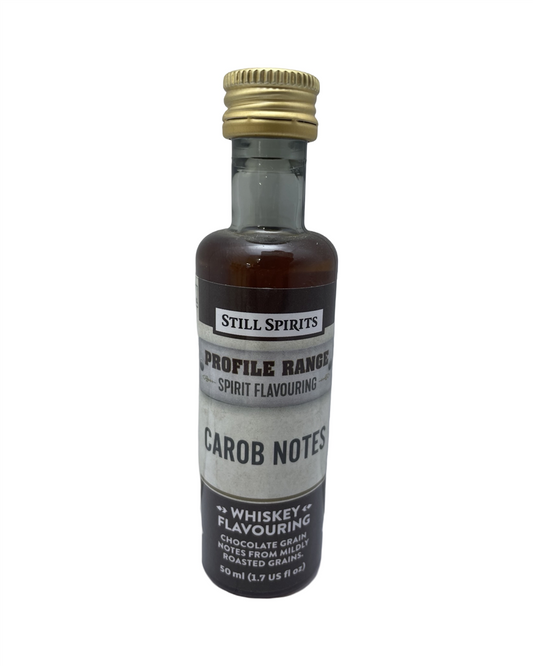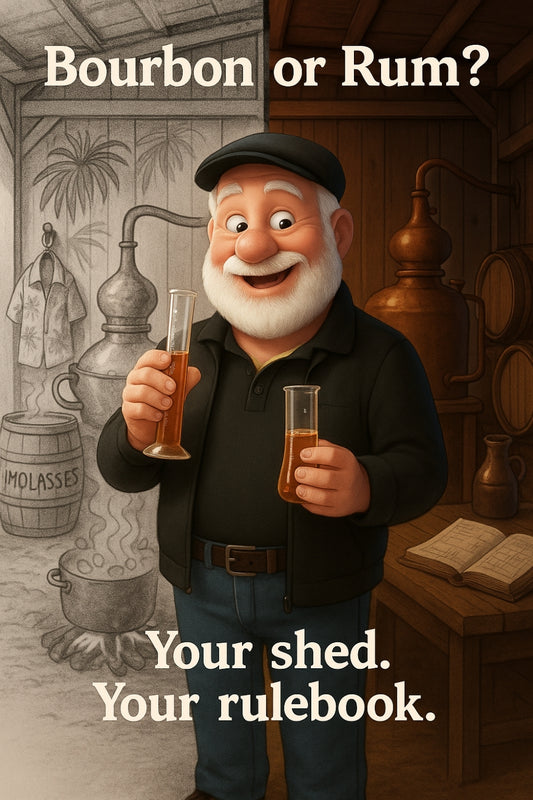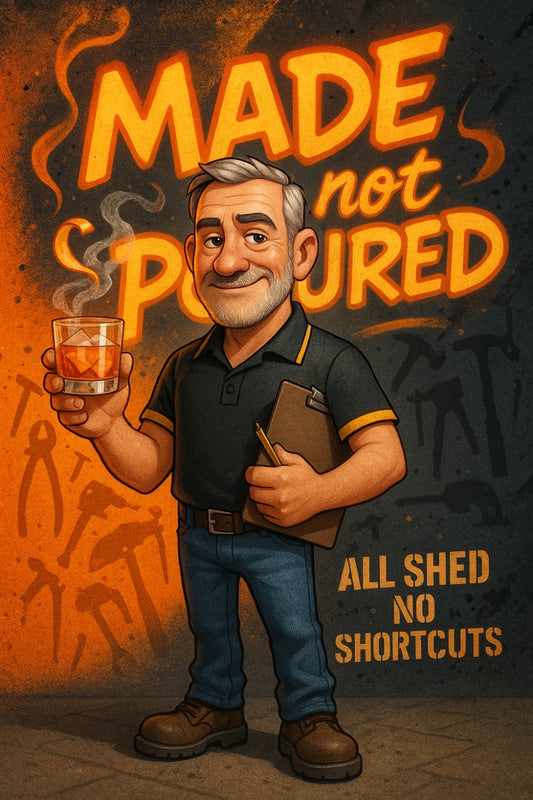The one-ingredient swap that took my homebrew from okay to amazing
Share
The One-Ingredient Swap That Took My Homebrew from Okay to Amazing
For years, I thought I had brewing sorted. I'd nailed the fermentation temps, measured out my malt and hops with precision, and followed all the so-called "rules." But my beers? They were... fine. Drinkable. But they lacked that punch, that depth—the kind that made people sit up, take a sip, and say, "Wow, did you really make this?"
Then I swapped one ingredient. Just one. And let me tell you, it changed everything.
The Secret Switch: Ditching Dried Malt Extract for Liquid Malt Extract
Yep, that was it. I traded my trusty dried malt extract (DME) for liquid malt extract (LME), and the difference was night and day.
Now, if you're a homebrewer, you probably know both are forms of malt sugar that ferment into alcohol. They’re the backbone of most extract brewing recipes. But LME has a freshness, a richness, and a depth of flavour that DME just can’t quite match.
Why Does It Work?
- Better flavour retention: LME undergoes less processing than DME, which means fewer caramelised sugars and a more natural malt character.
- More body and mouthfeel: My beers became smoother and fuller, with that luscious texture you get from a well-crafted pint.
- Less oxidation: DME absorbs water from the air the moment you open it, leading to off-flavours if you're not careful. LME, when stored correctly, stays fresh longer.
How to Make the Swap
If you're ready to give LME a go, here’s what you need to know:
- For every 1kg of DME, use around 1.2kg of LME. DME has less moisture, so you’ll need a little more liquid extract.
- Store it properly. LME comes in tins or pouches, and once opened, it can darken and degrade. Keep it in the fridge if you're not using it immediately.
- Watch your boil times. LME can darken if boiled too long, so add it late in the process to preserve lighter beer styles.
Would I Go Back?
Not a chance. The first batch I brewed with LME had my mates asking if I’d secretly gone pro. The flavours were richer, the body was spot on, and my pale ale had a smoothness I’d never managed before.
Now, I’m all for experimenting, and don’t get me wrong—DME still has its place for quick brews, higher gravity beers, and ease of use. But if you’ve ever wondered why your homebrew lacks that final 10% of brilliance, this one swap might just be the game-changer you’ve been looking for.
Have You Made the Switch?
The best part of homebrewing is the journey. So if you’ve got your own ingredient swap that turned your beer from good to great, I want to hear it. Drop a comment, swing by the store for a chat, or join our online community. After all, the best beer is the one you brew yourself—especially when it’s the one everyone raves about. 🍻
Cheers,
Candeece

Stay Connected
Join our homebrewing community: Beer and Barrel Society on Facebook
Follow our Facebook Page: Strathalbyn H Hardware on Facebook

